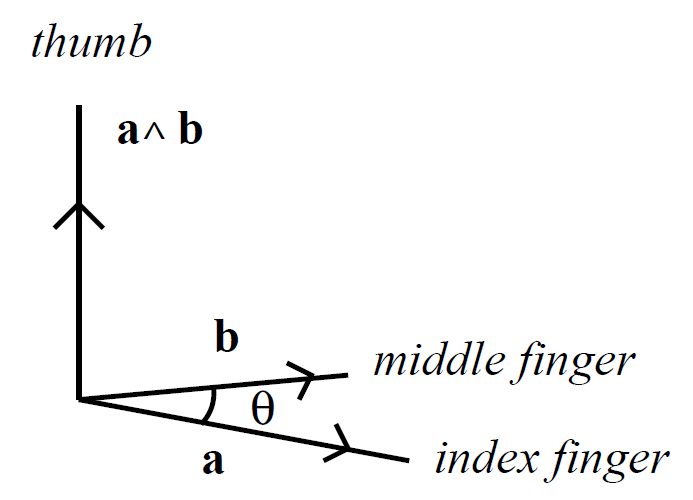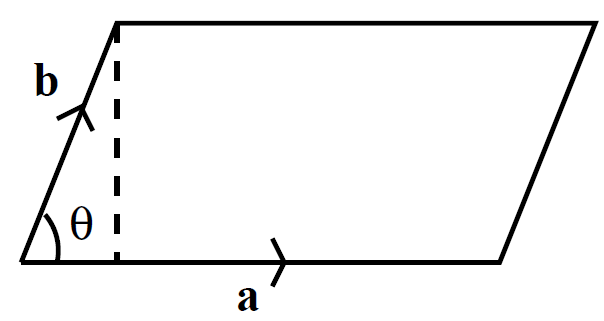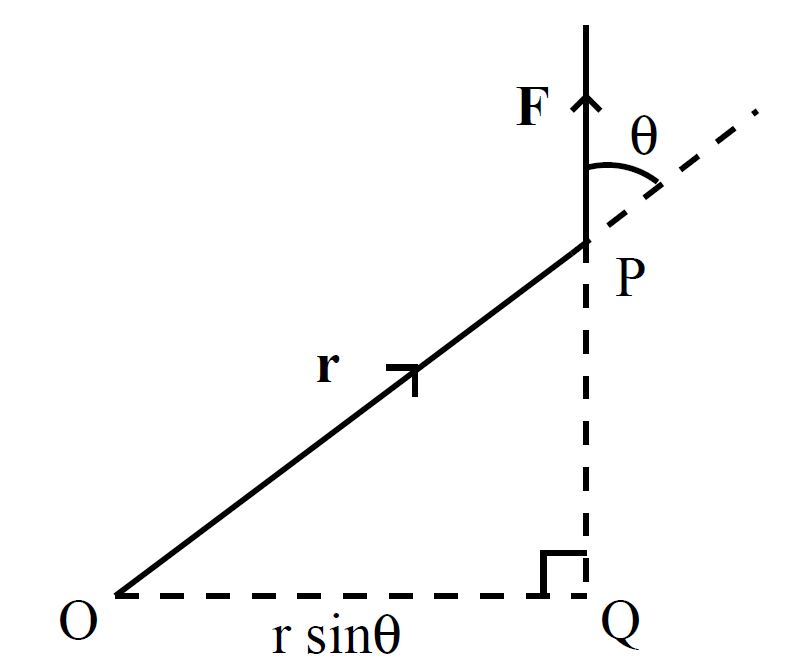
تاريخ الفيزياء

علماء الفيزياء


الفيزياء الكلاسيكية

الميكانيك

الديناميكا الحرارية


الكهربائية والمغناطيسية

الكهربائية

المغناطيسية

الكهرومغناطيسية


علم البصريات

تاريخ علم البصريات

الضوء

مواضيع عامة في علم البصريات

الصوت


الفيزياء الحديثة


النظرية النسبية

النظرية النسبية الخاصة

النظرية النسبية العامة

مواضيع عامة في النظرية النسبية

ميكانيكا الكم

الفيزياء الذرية

الفيزياء الجزيئية


الفيزياء النووية

مواضيع عامة في الفيزياء النووية

النشاط الاشعاعي


فيزياء الحالة الصلبة

الموصلات

أشباه الموصلات

العوازل

مواضيع عامة في الفيزياء الصلبة

فيزياء الجوامد


الليزر

أنواع الليزر

بعض تطبيقات الليزر

مواضيع عامة في الليزر


علم الفلك

تاريخ وعلماء علم الفلك

الثقوب السوداء


المجموعة الشمسية

الشمس

كوكب عطارد

كوكب الزهرة

كوكب الأرض

كوكب المريخ

كوكب المشتري

كوكب زحل

كوكب أورانوس

كوكب نبتون

كوكب بلوتو

القمر

كواكب ومواضيع اخرى

مواضيع عامة في علم الفلك

النجوم

البلازما

الألكترونيات

خواص المادة


الطاقة البديلة

الطاقة الشمسية

مواضيع عامة في الطاقة البديلة

المد والجزر

فيزياء الجسيمات


الفيزياء والعلوم الأخرى

الفيزياء الكيميائية

الفيزياء الرياضية

الفيزياء الحيوية

الفيزياء العامة


مواضيع عامة في الفيزياء

تجارب فيزيائية

مصطلحات وتعاريف فيزيائية

وحدات القياس الفيزيائية

طرائف الفيزياء

مواضيع اخرى
The vector product
المؤلف:
Richard Fitzpatrick
المصدر:
Classical Electromagnetism
الجزء والصفحة:
p 12
13-7-2017
2686
The vector product
We have discovered how to construct a scalar from the components of two general vectors a and b. Can we also construct a vector which is not just a linear combination of a and b? Consider the following definition:
 (1.1)
(1.1)
Is axb a proper vector? Suppose that a = (1, 0, 0), b = (0, 1, 0). Clearly, axb = 0. However, if we rotate the basis through 45± about the z-axis then  ,
,  , and axb = (1/2,-1/2, 0). Thus, axb does not transform like a vector because its magnitude depends on the choice of axis. So, above definition is a bad one. Consider, now, the cross product or vector product:
, and axb = (1/2,-1/2, 0). Thus, axb does not transform like a vector because its magnitude depends on the choice of axis. So, above definition is a bad one. Consider, now, the cross product or vector product:
 (1.2)
(1.2)
Does this rather unlikely combination transform like a vector? Let us try rotating the basis through θ degrees about the z-axis using. In the new basis
 (1.3)
(1.3)
Thus, the x-component of a˄b transforms correctly. It can easily be shown that the other components transform correctly as well. Thus, a˄b is a proper vector. The cross product is anticommutative:
 (1.4)
(1.4)
distributive:
 (1.5)
(1.5)
but is not associative:
 (1.6)
(1.6)
The cross product transforms like a vector, which means that it must have a well defined direction and magnitude. We can show that a ˄ b is perpendicular to both a and b. Consider a . a ˄ b. If this is zero then the cross product must be perpendicular to a. Now
 (1.7)
(1.7)
Therefore, a ^ b is perpendicular to a. Likewise, it can be demonstrated that a ˄ b is perpendicular to b. The vectors a, b, and a ˄b form a right-handed set like the unit vectors i, j, and k: i ˄ j = k. This defines a unique direction for a ˄ b, which is obtained from the right-hand rule. Let us now evaluate the magnitude of a ˄ b. We have
 (1.8)
(1.8)

Thus,
 (1.9)
(1.9)
Clearly, a ˄ a = 0 for any vector, since θ is always zero in this case. Also, if a ˄ b = 0 then either |a| = 0, |b| = 0, or b is parallel (or antiparallel) to a. Consider the parallelogram defined by vectors a and b. The scalar area is ab sin θ. The vector area has the magnitude of the scalar area and is normal to the plane of the parallelogram, which means that it is perpendicular to both a and b. Clearly, the vector area is given by

 (1.10)
(1.10)
with the sense obtained from the right-hand grip rule by rotating a on to b. Suppose that a force F is applied at position r. The moment about the origin O is the product of the magnitude of the force and the length of the lever arm OQ. Thus, the magnitude of the moment is |F||r| sin θ. The direction of a moment is conventionally the direction of the axis through O about which the force tries

to rotate objects, in the sense determined by the right-hand grip rule. It follows that the vector moment is given by
 (1.11)
(1.11)
 الاكثر قراءة في الفيزياء العامة
الاكثر قراءة في الفيزياء العامة
 اخر الاخبار
اخر الاخبار
اخبار العتبة العباسية المقدسة

الآخبار الصحية















 قسم الشؤون الفكرية يصدر كتاباً يوثق تاريخ السدانة في العتبة العباسية المقدسة
قسم الشؤون الفكرية يصدر كتاباً يوثق تاريخ السدانة في العتبة العباسية المقدسة "المهمة".. إصدار قصصي يوثّق القصص الفائزة في مسابقة فتوى الدفاع المقدسة للقصة القصيرة
"المهمة".. إصدار قصصي يوثّق القصص الفائزة في مسابقة فتوى الدفاع المقدسة للقصة القصيرة (نوافذ).. إصدار أدبي يوثق القصص الفائزة في مسابقة الإمام العسكري (عليه السلام)
(نوافذ).. إصدار أدبي يوثق القصص الفائزة في مسابقة الإمام العسكري (عليه السلام)


















